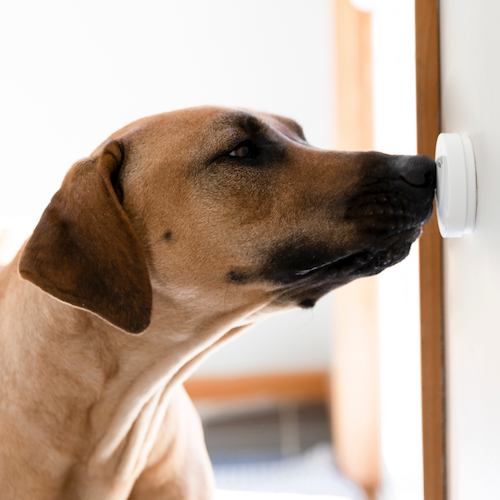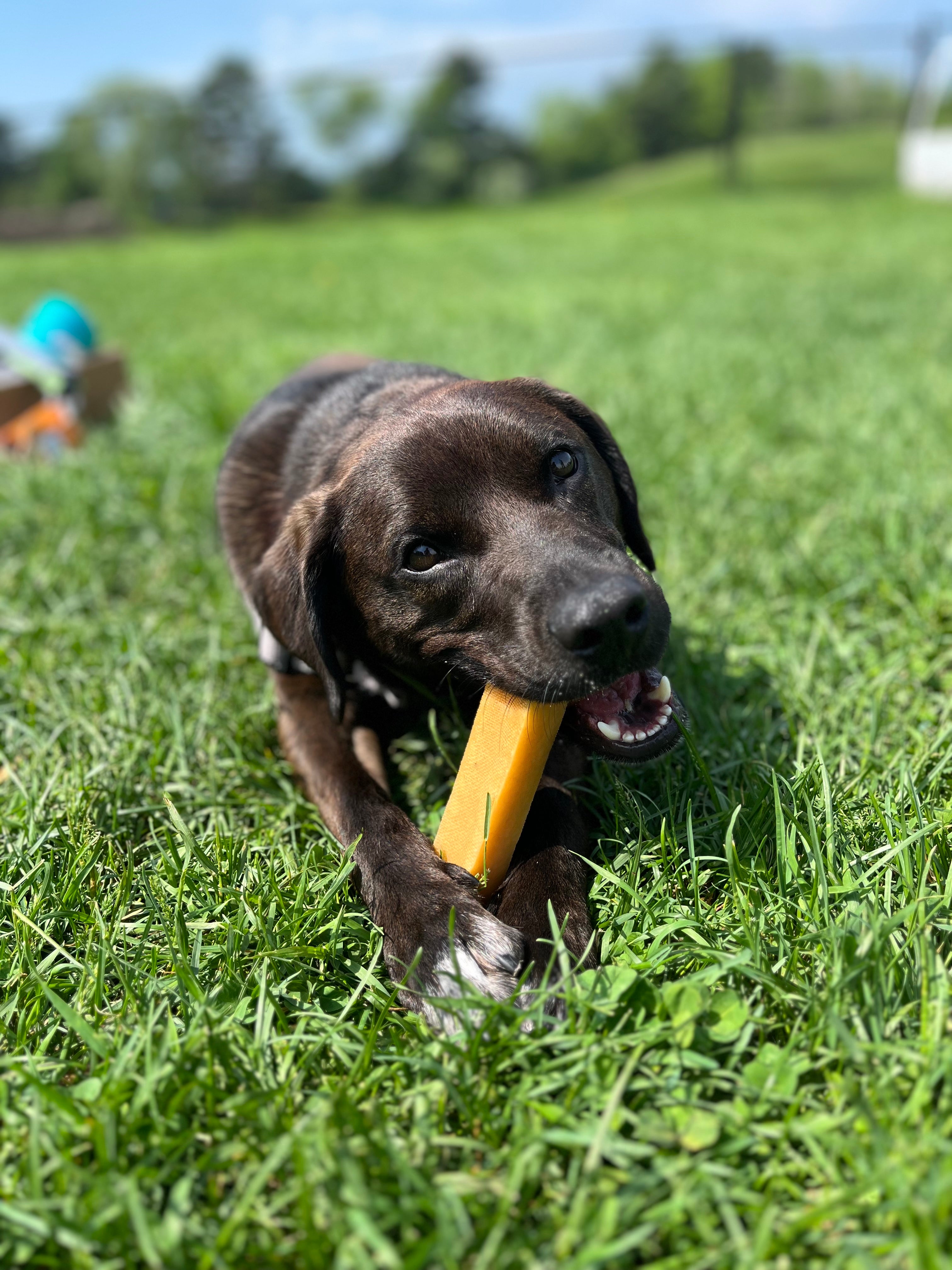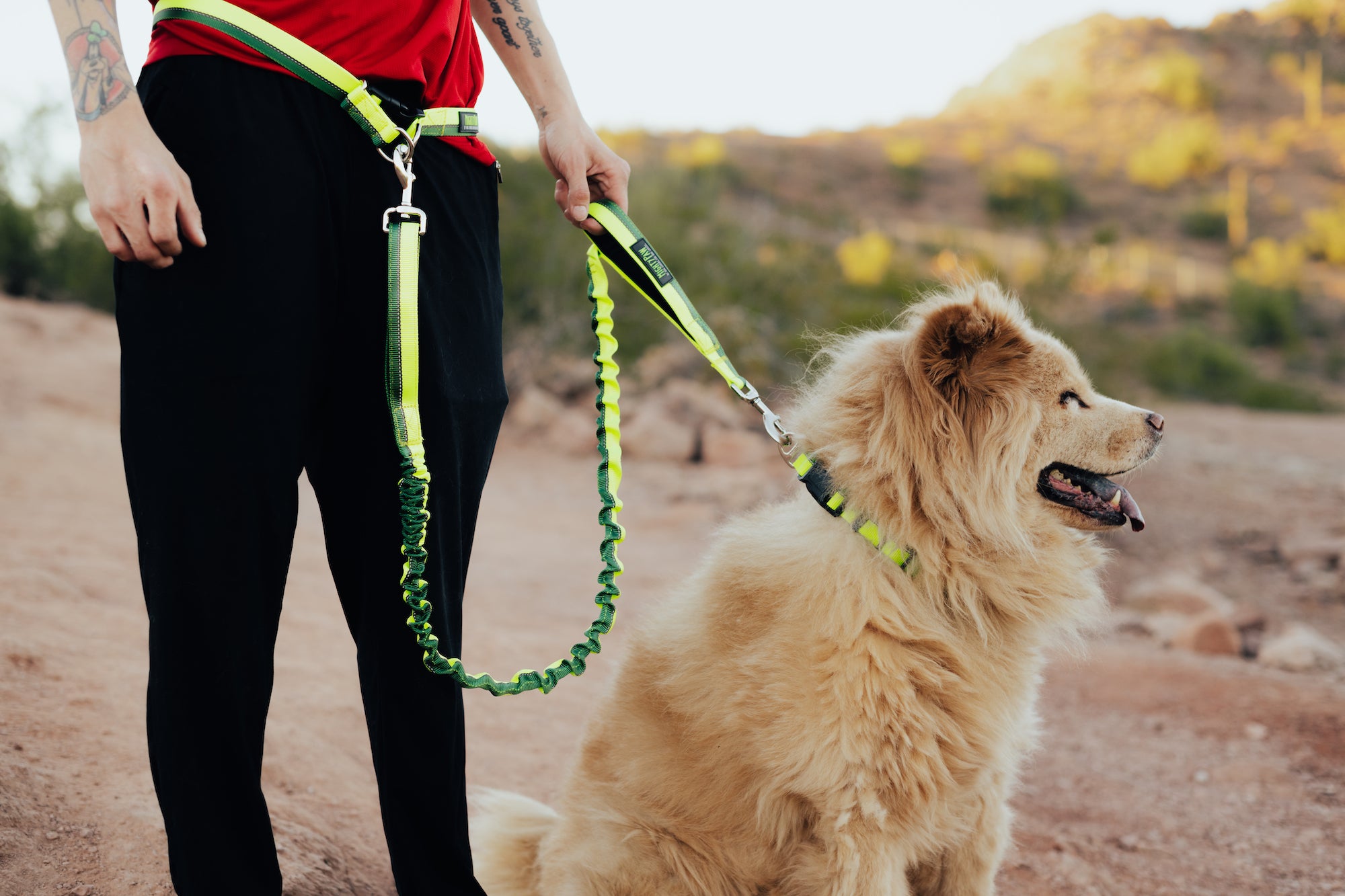After a summer of constant family activity, back-to-school and dogs can be a challenging mix.

If you have school-age kids, the rhythm of your life shifts as vacation days wind down and kids go back to school or college. Work schedules sometimes change post-summer too. Your entire family feels it and your family dog is no exception.
How to keep your dog happy in the new routine
Dogs thrive on consistency, and the sudden switch in household dynamics can be challenging for them. It isn't just your dog's physical needs to think about -- like a bathroom break at the right times. Your dog's emotional needs are equally important -- from feeling secure at home alone to getting enough interaction and attention with his/her beloved humans.
How do you juggle it all and set your dog up to feel secure and happy in your new schedules?
Let's take a look at some practical tips to create a supportive routine for your dog and to manage any emotional challenges that may arise during this transition. With a little pre-planning, you can help your dog adjust to the back-to-school routine seamlessly.
Pro tips to get your dog set up for back-to-school
1) Establish a consistent routine.
Most dogs thrive on routine which gives them a sense of security. With the hustle and bustle of getting ready for school, you want to establish a schedule that keeps your dog content. Start by setting regular feeding times, walks, and play sessions. These milestones each day help your dog understand when to expect the big basics -- meals, exercise, bathroom breaks -- minimizing anxiety and confusion.
Depending on your household situation, if you need extra help to make sure your dog's needs are covered, it's worth trying out your dog walker or other helper before you need them. That way your dog can get used to them and you'll feel better knowing who you can count on.
2) Create a comfortable spot where your dog can feel secure.

A cozy spot for your dog to relax and feel secure is crucial, especially when your pup spends more time at home alone.
Set up a place for your dog's bed (or beds) where your dog feels safe but is still close to family activities when family members are home. This allows your dog to be part of the household action while having a designated space with positive, comforting vibes to retreat to for quiet time during school hours.
Enhance the comfort level by including your dog's favorite blanket or even an item of your clothing in your pup's safe space.
Long-lasting chews can also thoroughly engage your dog when a family member is nearby (chewing should always be supervised) while satisfying your pup's chewing instincts. The act of chewing creates a natural calm in dogs with long-lasting effects and more good vibes around your dog's safe space.
3) Practice being alone in advance.
If your dog has become unaccustomed to having alone time during the day, practice leaving your pup alone for short periods to simulate your absence during school and work hours. Gradually extend this time to help your dog adjust to being alone longer.
Well in advance, before school starts, you'll be easing your dog into getting used to relaxing and feeling secure alone. It's also a way of spotting anxiety early so you can address it as needed to support your pup.
If your dog tends to be anxious when you leave, try our Mighty Paw all-natural calming chews formulated by veterinarians to take the edge off and help your dog relax with clean, calming ingredients.

4) Add brief training sessions to stimulate and relax your dog.
Most dogs love learning and thrive with brief training sessions, a great thing to incorporate into your dog's daily routine. You can also try mixing training with walks, allowing your dog to engage mentally while burning off excess energy. Simple cues or tricks can stimulate your dog mentally and physically, ultimately helping your dog stay balanced and calm throughout the day, including alone time.
Aim for short sessions that last around 5-10 minutes each, ensuring it’s fun and rewarding for your pup (and not a big deal for you to do). Bonus: you're not only reinforcing good behavior and an "even keel" mindset, you're also deepening the bond and communication between you and your dog.
5) Increase mental stimulation.
Mental stimulation is central for your dog's well-being and happiness. With more time spent alone during the school year, it’s important to keep dogs' minds active.
Engaging toys, lick mats, puzzles
For many dogs, interactive toys are an excellent way to engage their brains. Look for puzzle toys or lick mats that require your dog to figure out how to get a treat or use the calming licking instinct to enjoy dog-friendly peanut butter.
Try giving your pup toys that encourage independent play. Toys that roll or bounce unpredictably can keep your dog entertained for hours. You can make it more exciting by rotating your dog's toys regularly, introducing "new" toys to keep your dog's interest piqued.
Interactive toys, puzzles, and lick pads help your dog focus energy on solving the mental challenge rather than worrying about your absence. They can help your dog associate your departures with positive experiences.

Mentally and physically stimulating classes
It's worth thinking about enrolling your dog in classes or workshops that focus on agility, obedience, or even scent detection. These activities provide physical exercise and mental challenges and are a great way, beyond traditional doggy daycare, for your dog to socialize with other dogs and humans.
Diverse activities, mental and physical, go a long way to building your dog's overall happiness. Don't be surprised if your pup happily snoozes the rest of the day!
6) Ensure enough physical exercise.
Physical exercise is a key component of your dog’s health, especially during transitional times. Regular walks and playtime are essential for both their physical condition and mental well-being. Aim for at least 30 minutes of exercise daily, which could consist of brisk walks, playing fetch, a trip to the dog park (if both you and your dog genuinely enjoy that), or any activity that gets your dog moving.
7) Include your dog in more on-the-go activities whenever you can.
Most of us find ourselves stretched in a million directions away from home once school starts. With after-school activities, outdoor sports events on weekends, meeting friends out and about, and more, there's a lot going on.
Ask yourself in all these situations:
"What activities can include my dog?"
Many dogs, actually most dogs, love to be by your side in family activities, cheering on your kids in sports, working off-site or meeting friends at a local cafe. More and more places are dog-friendly, giving you a chance to be everywhere you need to be and still make sure your dog gets plenty of attention and love at the same time.

What if your dog suffers from true separation anxiety?
How to identify separation anxiety in your dog
As the back-to-school season begins, many dog parents notice changes in their dog's behavior. That's natural. Most dogs aren't thrilled to see their people heading out the door without them any time. Some dogs, though, suffer from true separation anxiety, a high-stress, panic disorder.
Signs of separation anxiety
Signs of separation anxiety can include excessive barking, severe distress, destructive behavior, even self-harm, or attempts to escape when left alone. Recognizing these symptoms early allows you to address them effectively.
Keep an eye on your dog's behavior when you prepare to leave the house (while always making your leaving no big deal). If your dog seems overly anxious or clingy, your pup may struggle with separation anxiety. Understanding your dog's body language and vocalizations can help you identify whether your dog is feeling severely distressed or simply bored.
Pro tip: use a camera to watch and record exactly what your dog does when you leave. Stay nearby so you can come back in a flash if your dog is in high-stress mode. The recording is also a valuable tool if you need to work with a separation anxiety specialist.
There is help -- and specific, tried-and-true strategies!
If you do suspect separation anxiety, consult your veterinarian as well as a certified separation anxiety trainer (CSAT) or certified applied animal behaviorist (CAAB). These separation anxiety specialists are uniquely trained for separation anxiety and can help determine the underlying cause and suggest step-by-step strategies that specifically address it.
Transitioning back to school doesn’t have to be a stressful time for you or your dog. By knowing your dog and prepping early, you can create a smooth routine that supports both of you!
To a smooth, happy back-to-school for your whole family!
At Mighty Paw, we believe in helping all dogs live their healthiest, happiest, and fullest lives by our sides. That's why we're dedicated to finding ways to help you bring more joy to your dog and your adventures together. And to help you know what you need to know to get the most out of every moment with your dog and navigate those times you're not together in the best way for everyone.
We're committed to providing high-quality products that are safe, durable, and practical for everything you need to keep your pup healthy, happy, and enjoying life with you.







